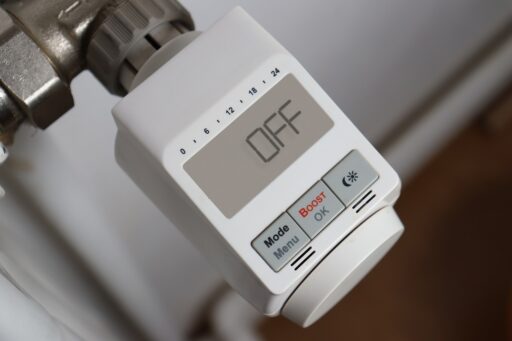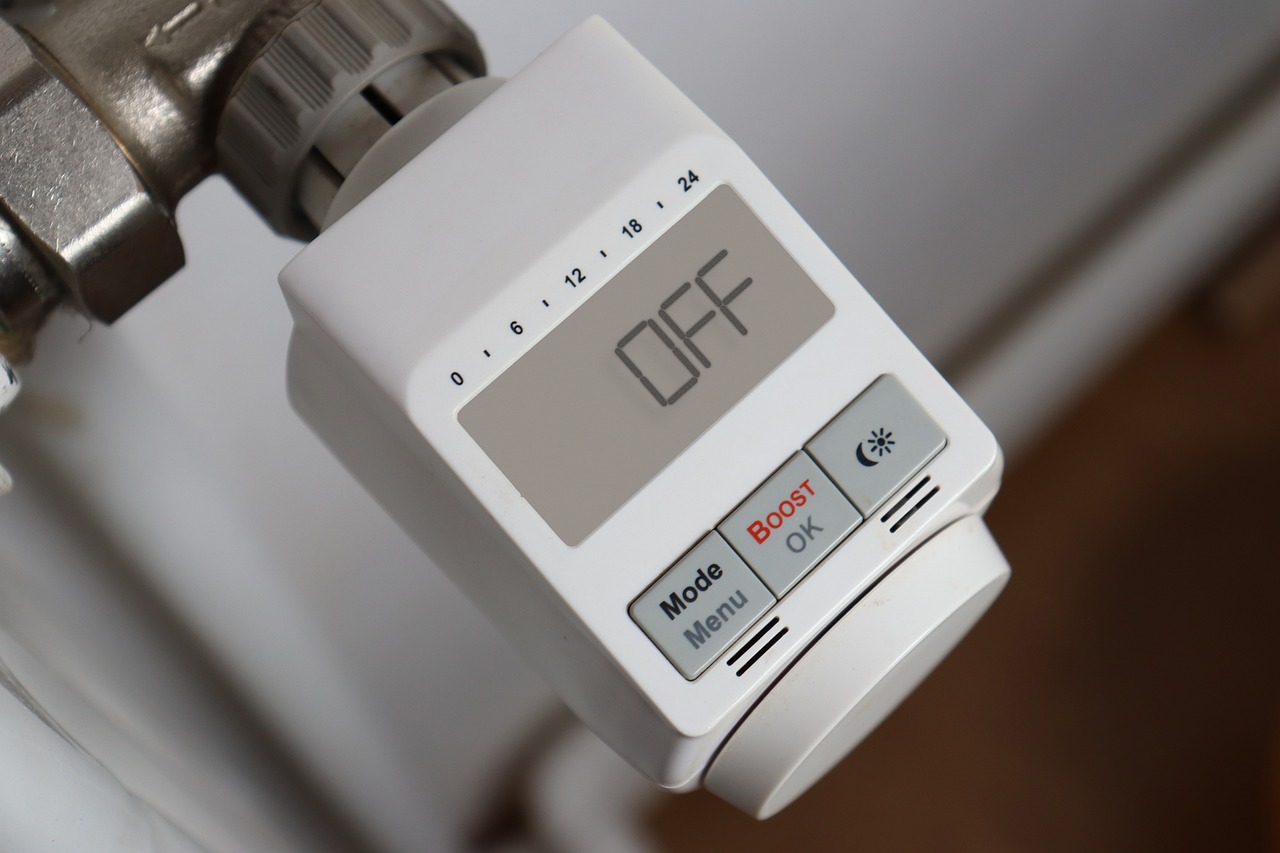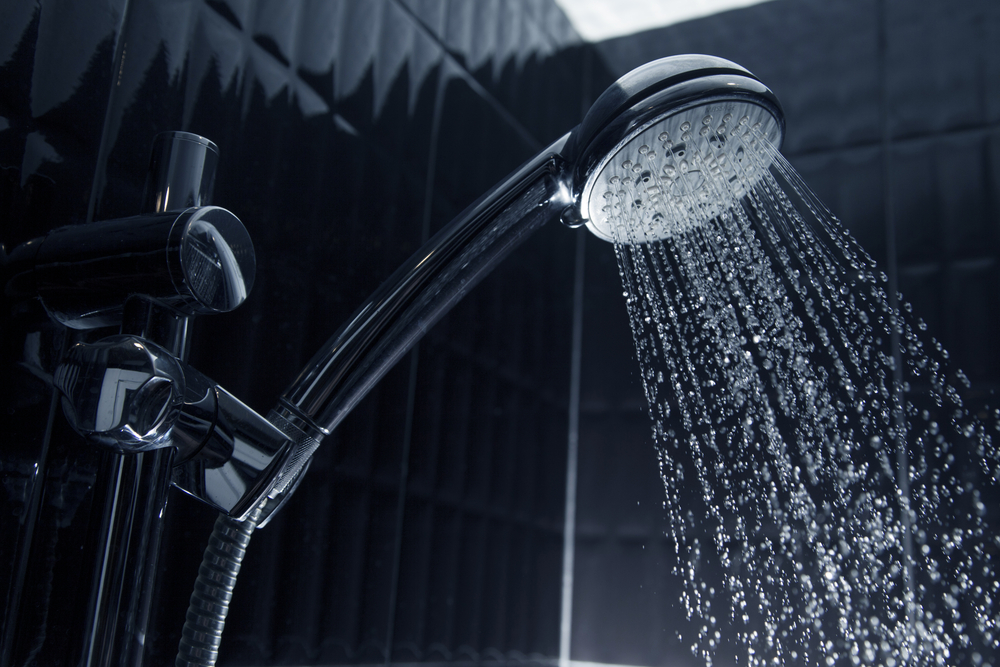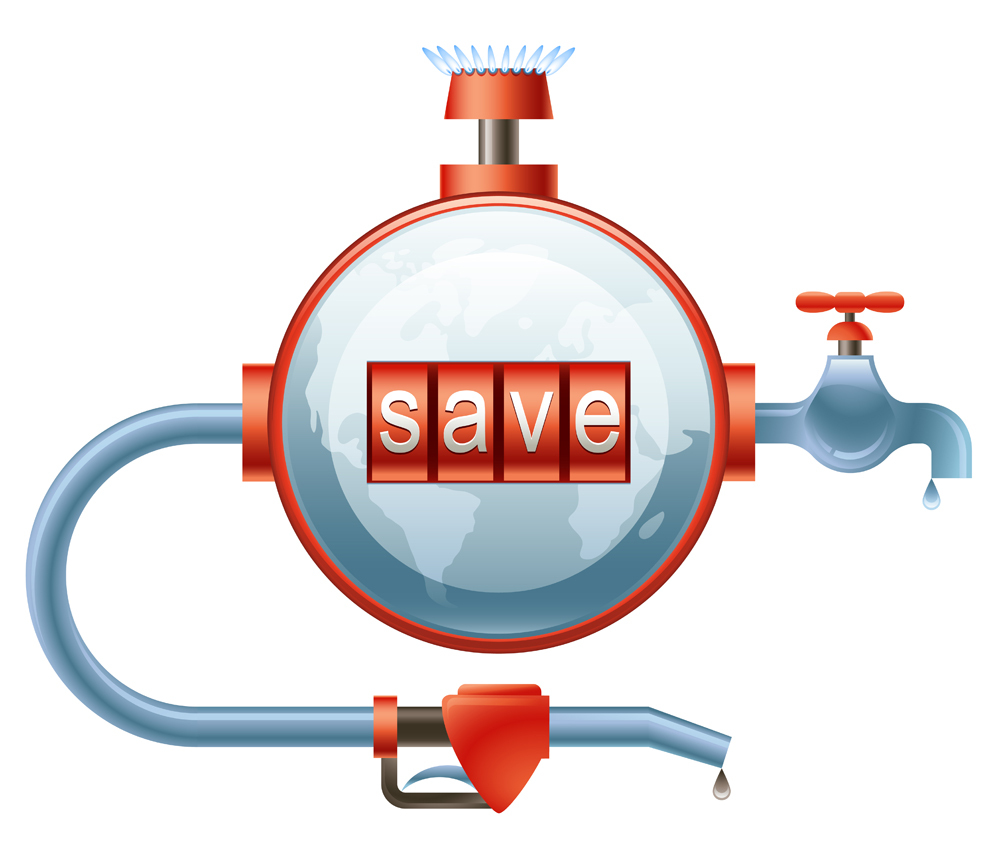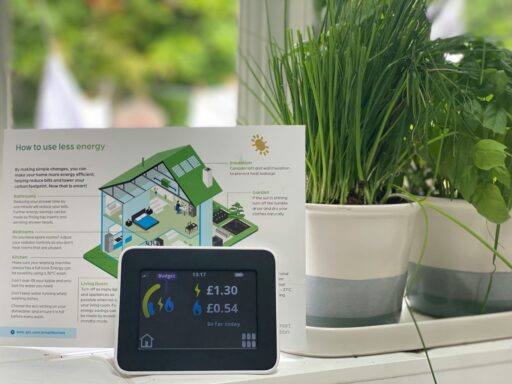Kids are naturally keen learners and full of questions, and as parents and teachers, there are plenty of ways in which we can help them to learn more about looking after our environment. After all, the tricks they learn now will stand them in great stead when they are tomorrow’s bill payers.
1. Switch Off Lights
The holy grail of home energy saving – switch things off properly when you aren’t using them, including lights, the TV, computers, video consoles and other appliances. Don’t leave things on standby, particularly things such as chargers which are plugged into a plug but not into an appliance.
2. Using Energy-Efficient Shower Pump Options
There is a shower pump for every household need, and if you are looking to save energy at home, then an eco-friendly shower pump could be the option for you. Look too for a shower head that provides a rain-like spray with all the volume of a power shower but with less water and energy needed.
3. Turn the Thermostat Down
Show your kids how to set the thermostat, turning it down a notch or two in winter and up a notch or two in summer. Adjust clothing, windows and activity to compensate, and you’ll save a great deal of energy and money.
4. Close Fridge Doors
A third of the cold air within a fridge escapes when you open it, and the fridge then needs to work harder to produce more. Keep the door closed as much as possible. Don’t over-fill the fridge, but keep the freezer well packed so that it runs efficiently.
5. Update Bulbs
Use new fluro bulbs when old ones blow – these last ten times as long and use 75% less energy than older models. See if your energy company offers any free or cut-price light bulbs as part of their energy-saving programme.
6. Use a Cooler Washing Machine Setting
Show your kids how the washing machine settings can be adjusted, explaining that lower temperatures can remove stains as well as hot temperatures with modern cleaning products. This saves energy and money.
7. Grow Your Own
Begin to be a little self sufficient to cut down on food miles. Try growing herbs or salad leaves. These are easy, tasty and fun for all the family. You can progress to grow tomatoes, berries, spinach and more and even consider having hens for your own eggs. Giving a child their own vegetable patch to be responsible for has great educational benefits and is also a bonding activity to do with their parents.
8. Shorter Showers
A bath can take 25 gallons of hot water, and a quick shower uses around seven. It’s a no-brainer. Install a shower timer if you have teenagers that take forever, and set the shower to run for a couple of minutes. That will keep things short.
9. Fix Dripping Taps
A constantly dripping tap can waste around 165 gallons of water every month – more than the average adult consumption in a fortnight. Show your child how to replace the washer so that they learn a valuable skill.
10. Adjust Curtains
Cool the house on a hot day by shutting curtains to block direct sunlight. On colder days, use curtains to keep in warmth. Heat-reflecting panels for radiators will also keep the heat inside the home.
FUN CHALLENGE: Why not choose an energy tariff with a smart meter so that you and your kids can track your energy and make it into a family challenge? Set yourself a reduction challenge, get the family to pitch in and help and reward yourselves with a great treat if you succeed – maybe a trip out or a special meal and film.
Essentially, you are looking to engage your children in the topic of energy-efficiency and get their ideas and energy behind the project. You’ll be amazed at how passionate about environmental issues young people can be. Support them and the whole family will reap the benefits – a lower carbon footprint, lower bills and the knowledge that your children are learning vital skills that will stand them in good stead in their future adult lives.
To start your energy-saving challenge visit our online store today.

